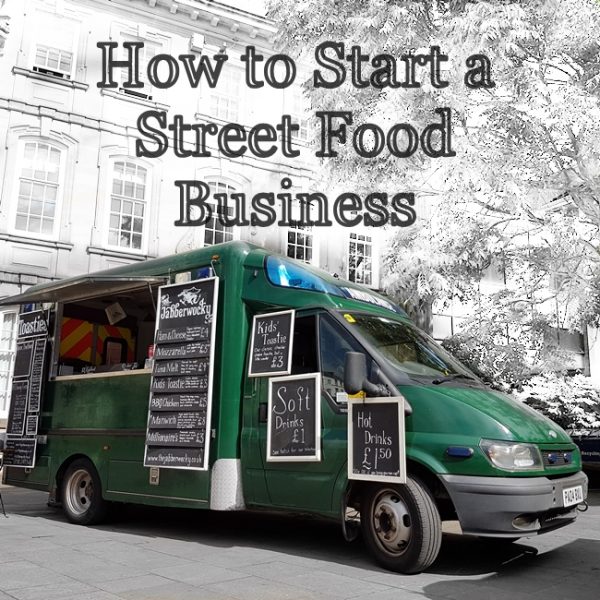Knowledge that has been handed down through the ages about the art of encompassing melted cheese within bread. Here is the best way to make a toastie; each method excelling in its own way and providing you, the cheese connoisseur, with nuclear hot, melted glory.

The Best Way to Make A Toastie – Method 1: The Toasted Sandwich Maker
First popularised in the 80s as a gift that could be infinitely given yet never unpacked, the Toasted Sandwich Maker became a fixture in every home until the late 00s. Now they traverse the fine line between charity shops and people’s lofts, and are only ever used late at night, when the cleaning can be left to someone else the following day.
User-friendliness:6/10 – You made one toastie and somehow there is cheese everywhere. But it melted and no-one had to do any cooking, which is nice.
Cheese to Bread ratio: Poor. Cheese can only be kept within the toastie when a disappointing amount is used.
Awesome Toastie Goodness:5* – Everyone loves a toastie. Everyone loves the 80s, now that they’re over. This is the Mona Lisa of retro food. Partly because crispy cheese follows you round the room.

Method 2 – The Frying Pan
Yes, it can be done. No specialist equipment, you just need to not be the kind of chef who can set fire to a pan of water. Buttering the outside is a must, and you might want to cover your toastie if you can (a saucepan lid works well) to ensure heat distribution, but remove this in the later stages to make sure the toast crisps up. Squashing is optional, but assists with the nostalgic spreading of cheese around kitchen.
User-friendliness:2/10 – I never said it was easy. You might end up with raw cheese and burnt bread, or a soggy mush that has been flipped into oblivion.
Cheese to Bread ratio: Good. Minimal squashing will ensure everything you put in the toastie stays there. It makes the frying pan a strong choice for sweet toasties, especially because they are much worse to clean up after.
Awesome Toastie Goodness:2* – It’s still a toastie, but you are straying into grilled cheese territory here and risk starting to think that Kraft Singles are cheese. Stay strong, think of the Cheddar.

Method 3 – The Panini Press
This is the method we use for almost all our home-cooked toasties. There is some confusion about what the end product should be called (“panostie?””Toastini?”) and whether we have corrupted this glorious British tradition too much with Italian technological advances, but the cheese speaks for itself.
User-friendliness:8/10 – You can watch it cooking. It melts before it burns. The only setback is the grill-lines etched into the surface and thus destroying the otherwise smoothly toasted surface. But that’s just me.
Cheese to Bread ratio: Adequate. There is some squashing, meaning that much of your cheese will find a new home elsewhere.
Awesome Toastie Goodness:3* – Tastes as good, smells as good. Doesn’t seal the edges, which can lead to total loss of cheese the moment gravity kicks in.

Method 4 – Our Toastie Press
I am probably biased, but we all knew, going into this post, that I think this is the best way to make a toastie. It really is just a matter of how fair I plan to be when scoring.
User-friendliness:3/10 – The combined weight of the plates is around 50kgs, which doesn’t exactly scream ease-of-use. You also need to be able to cook 12 toasties at once all ordered at slightly different times to equal levels of melty. All right, you personally don’t, but if you had this awesome toastie machine, you’d want to sell them too.
Cheese to Bread ratio: Excellent. The edges are sealed, the centre is not squished (too much) and this is the only method that allows the perfect triple decker toastie to flourish.
Awesome Toastie Goodness:5* – I don’t know what else you would expect here. If there was a better way to make a toastie, we’d do it that way.
Now you know. Go forth and make toasties!


